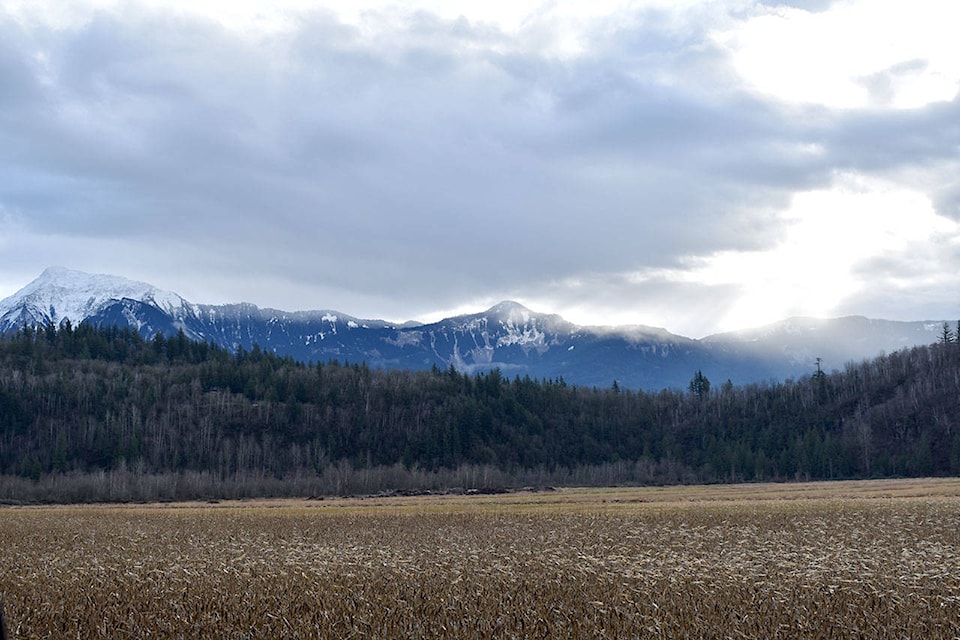The Agassiz lowlands on the north side of the Fraser River had long been part of the Pil’alt tribe, part of the Stó:lō nation. Today, all the Pil’alt communities are on the south side of the Fraser River, with the exception of the Cheam Fishing Village — but in the mid-1700s, the area was densely occupied, particularly where the Squ’éwlets and Pil’alt tribes met at the joining of the Harrison and Fraser Rivers.
According to Keith Carlson, Canada Research chair in Indigenous history at UFV, these communities existed with significant class differences. In each village, one could expect to find elite members of society, born into positions of privilege; a free, middle-class group that made up the majority of the population; and a class of slaves, who were either captured during village raids, purchased from other villages or born into their position.
For generations, these communities lived in the Agassiz area: picking blueberries from Mount Woodside, managing the forest productivity with planned fires and welcoming visitors travelling up the river. Then, in 1782, an epidemic hit.
It started in Mexico, when a Spanish traveller infected with smallpox visited a fort on the mainland. It spread from that one fort, moving through tribal trading networks as it infected community after community in North America.
SEE ALSO: Stó:lō leaders to call for return of sacred burial grounds
By the autumn of 1782, smallpox had arrived in the Pil’alt territory. It wiped out between 60 and 90 per cent of every community it impacted.
“In a post-smallpox world, everything is disrupted,” Carlson explained. “Populations have declined everywhere and survivors are looking for places to be safe.”
Villages come together and consolidate; the Agassiz area empties as families leave their homes and come together in communities elsewhere.
Further east, the Chawathil people were also impacted by the smallpox epidemic. The Welqámex village, on what is now known as Greenwood Island, saw most of its population decimated by the disease. The high status members of the village decided to move to the mainland — and left their slaves behind.
Weeks, months passed. Then, the slave community decided to leave.
“They just loaded up all their supplies, people, men, women, children, onto those canoes,” Carlson said. “They started floating down the Fraser River, looking for a place to start over.
“And the place they ended up was Agassiz.”
Between Mount Woodside and Hopyard Hill, the slave community settled in a village they named Chi’ckim — Freedom Village.
“It’s this wonderful story of social mobility and change; people seeking new opportunities and seeing Agassiz as this place where they wanted to start new lives,” Carlson said.
Less than 100 years later, European settlers would come to Agassiz searching for the same thing. They may have thought they had found the land of opportunity first — but it had already been that for years, as the place of Freedom Village.
Want to read more about the history of the District of Kent for its 125th anniversary? Check out agassizharrisonobserver.com/tag/kent-125/.
